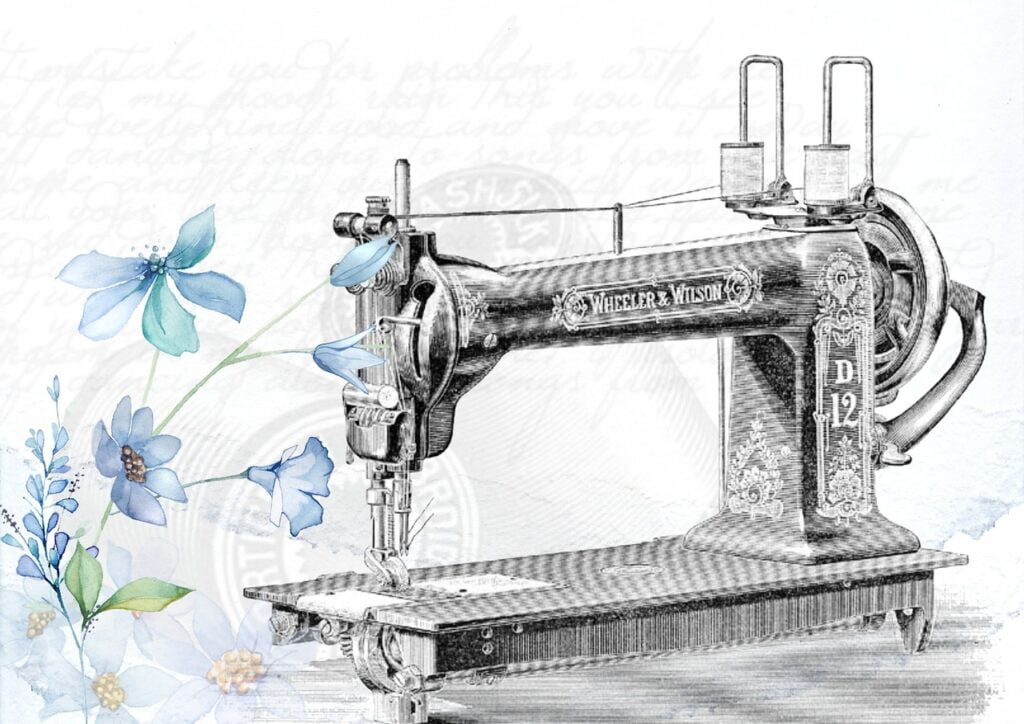Upper Thread Tensioning
Proper thread tensioning is essential to achieving trouble free, quality embroidery.
Most threads breaks are due to poor tensioning.
Looping of the top thread or bobbin thread showing on top of your design are other indications
of improper tensioning. Too loose, your thread will begin looping; too tight, bobbin thread may
begin to show on top and you may begin to experience frequent thread breaks, wasting time and money.
Stitching out a simple satin stitch is the best way to see if your tension is correct.



If you are still experiencing thread breaks after proper tensioning your bobbin and upper thread, be sure that your needles are fresh. Old needles may produce burrs and lead to frequent thread breaks.
Bobbin Tension
Proper bobbin tension is essential to good embroidery. If tension is too tight, unwanted bobbin thread may begin to show on top of your garment and you may begin to experience frequent thread breaks which wastes time and money.
Bobbin tensions should be 18 to 22 grams (up to 25 grams when embroidering caps).
Proper tensions for satin stitches should reveal 1/3 bobbin and 2/3 top thread color on the underside of the embroidery as seen on the image above.
A clean bobbin case is essential for proper tension settings. Use compressed air to clean out the inside of a bobbin case every time you change a bobbin. You can use a folded paper and slide it underneath the tension flap to remove any dust build up.
If you are still experiencing bobbin thread on top of your garment after tensioning your bobbin thread, be sure that you are not using a damaged bobbin case, as this may cause undesirable results. Other factors can include improper top thread tensioning and damaged needles. Old needles may produce burrs and lead to frequent thread breaks.
The small areas of bobbin show through may be touched up with Magic Ink Pens.
If it’s beyond repair with a Magic Ink Pen you can easily remove stitches with the Peggy Stitch Eraser. The Peggy Stitch Eraser is an essential tool for embroiders and can save you time and money.

